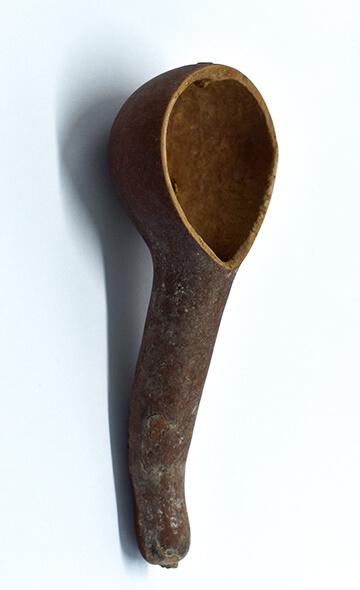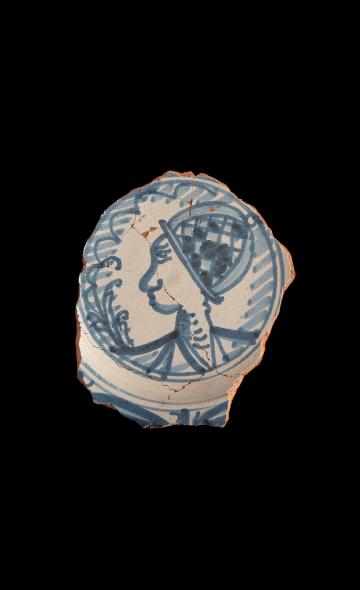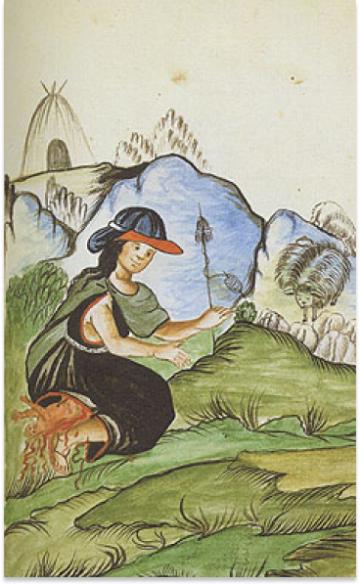- Visitors
- Researchers
- Students
- Community
- Information for the tourist
- Hours and fees
- How to get?
- Visitor Regulations
- Virtual tours
- Classic route
- Mystical route
- Specialized route
- Site museum
- Know the town
- Cultural Spaces
- Cao Museum
- Huaca Cao Viejo
- Huaca Prieta
- Huaca Cortada
- Ceremonial Well
- Walls
- Play at home
- Puzzle
- Trivia
- Memorize
- Crosswords
- Alphabet soup
- Crafts
- Pac-Man Moche
- Workshops and Inventory
- Micro-workshops
- Collections inventory
- News
- Researchers
- Spoons in ancient Peru
News
CategoriesSelect the category you want to see:
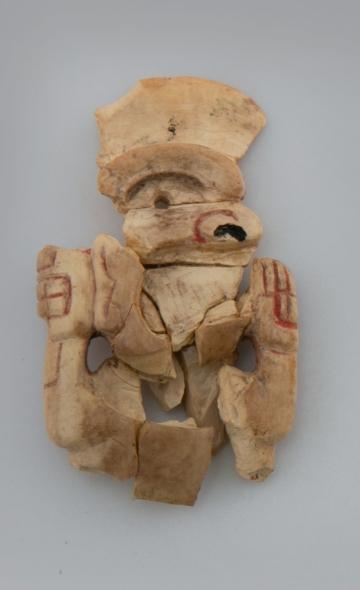
The Cupisnique Era at El Brujo ...
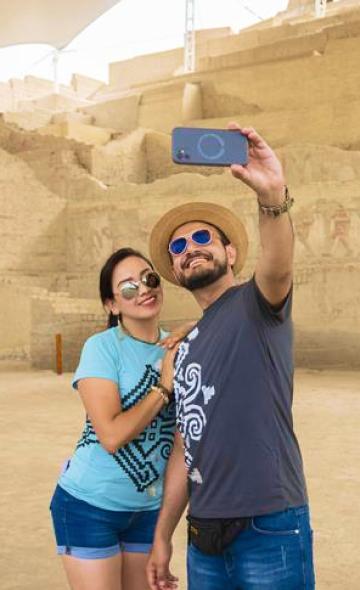
What Do You Need to Travel to Peru? Recommendations for an Unforgettable Visit ...
To receive new news.
By: Katerine Albornoz
By Katerine Albornoz
Introduction
The spoon is a utensil that is present in our daily life throughout the history of mankind. Currently, little is known about its origins and its presence in pre-Hispanic times, for this reason the objective of this note is to make a brief exposition of its history and to publicize the research pertaining to it.
Antiquity
According to “Treasure of the Castilian Language” by Sebastián de Covarrubias (1611), the spoon comes from the Italian term cucchiara or cuchiaro, and from the Latin word cochlear. The latter was used in the Roman epoch, where they had two ways of saying spoon: ligula and cochlear. Both terms referred to two different types of spoon. The first type was related to bringing food into the mouth, while the second one corresponds to specific uses, such as cracking eggs and eating mollusks (Artes, 2012).
Recent research reveals to us that the oldest spoon is recorded in the 'Uyun al-Hammam' site, belonging to the epipaleolithic period (10 000 BC) and corresponds to a bone spoon (Lisa A. Maher*, 2011). There is a larger record of bone spoons in the Neolithic period (8 000 BC), with the observation that there are also clay spoons in this period (Stefanović et al, 2019; Vitezović, 2011; Vento, 1985; Benito, 1998; Navarrete, 1976).
The most outstanding feature of the spoon is that it has not had major changes in its shape, mainly consisting of a scoop and a handle. The first one is of a more or less pronounced concave-convex section, and the second one is narrower, in length and thickness. Some researchers have carried out studies on usage marks, concluding that the analyzed sample was used for food consumption (Benito, 1999).
With the passage of time, the raw material and the manufacturing techniques employed have been diversifying, achieving clay spoons as a result (Enciso, 1976) or carved and decorated bone spoons (València, s.f.).
In Latin America, there have also been studies carried out on pre-Hispanic spoons. An example of the diversity of designs and decoration was found in Chile. In relation to the above, Nuñez (1999) classifies wooden spoons based on the presence of decorative elements, such as volumetric, incised or cutout ornaments.
Presence of spoons in Peru
Ethnohistorical data
Few chroniclers tell us about eating habits or the use of utensils. One of these is the chronicler Bernabé Cobo (1653). In his work "History of the New World", he refers to the existence of spoons in the pre-Hispanic world, highlighting the manufacturing material and its use in preparing and ingesting food.
Archaeological data
In pre-Hispanic Peru, societies such as Recuay (Sierra de Ancash), Cajamarca (Cajamarca) and Wari (Ayacucho) have made use of spoons in media such as wood, ceramic, gourd, bone and shell, among others; whose evidences are represented in the collections of various national and international museums. However, most of them do not have a defined archaeological context.
The spoon collection of the El Brujo Archaeological Complex
Since the 1990s, the archaeological interventions undertaken by Wiese Foundation in the El Brujo Archaeological Complex (CAEB) AD allowed the unveiling of a series of funerary contexts from the Moche epoch (100-800 AD) and Lambayeque (900-1200 AD), coming from the upper platform and the main façade of the Huaca Cao Viejo, respectively.
The interior of these tombs was made up of one or more funerary bundles that contained the bodies of individuals and a variety of objects in the form of offerings. The spoons recovered from these contexts are made of different materials, such as wood, gourd and ceramic.
The Moche spoons in the CAEB collection are made of ceramic and they have an elongated ellipsoidal shape, 11 cm in length. As for their decoration, they have a zoomorphic application on the handle and are orange with a polished finish.
The Lambayeque spoons in our collection are made of gourd and wood. They are essentially made up of 2 parts: a handle and a scoop. The first part is narrow in length and thickness and the second part is concave-convex and more pronounced. For the geometric decoration in high relief of the handle, cutting instruments were used, possibly made of metal.
Discussion
The main discussions are around the functions that the spoon could have had. In Europe, research has been carried out where it is mentioned that they have fulfilled, at least, 5 functions related to: (1) consumption (2) food preparation, (3) instruments used in the manufacture of ceramics, (4) symbolic character, and (5) the reuse of the fragmented parts (e.g. the handle is reused as a punch) (Benito, 1999).
On the contrary, in Peru there has been no research in relation to spoons. Studies related to the subject have great potential to expand our knowledge of the daily life of ancient Peruvians, as well as their customs and social responses in the long history of adaptation and transformation of their environment.
Bibliography
• Artes, D. G. (2012). Catalog of the collection of wooden and horn spoons. Obtained from Calaméo: https://es.calameo.com/read/001044456a8e826b2bd79
• Benito, J. L. (1999). The morpho-technical and functional variety of bone spoons from the Neolithic period of the Iberian Peninsula. II Congrés del Neolític a la Península lberíca, 143-150.
• Bernabé Cobo y Peralta, S. J. (1653). History of the New World by Father Bernabé Cobo of the Society of Jesus. Madrid.
• Covarrubias, S. d. (1611). Treasure of the Castilian or Spanish language. Madrid.
• Covarrubias, S. d. (1611). Treasury of the Castilian or Spanish language.
• Enciso, M. S. (1976). The Culture of caves with decorated ceramics in Eastern Andalusia. Journal of the University of Granada, 59-73.
• Enriqueta, V. M. (1985). Systematic classification essay of the Neolithic bone industry La Cova de l'Or (Beniarrés, Alacant). SAGVNTVM, 31-83.
• Lisa A. Maher*, J. T. (2011). A Unique Human-Fox Burial from a Pre-Natufian Cemetery in the Levant (Jordan). PLOS ONE, 1-10. Retrieved from https://doi.org/10.1016/j.jaa.2020.101223
• Martínez-Sevilla, F. (2010). A Neolithic stone bracelet workshop in the Cueva de los Mármoles (Priego de Córdoba). ANTIQVITAS, 35-55.
• Nuñez, L. (1962). Pre-Hispanic carvings. Santiago.
• Nuñez, L. (1969). The pre-Hispanic spoons of the North of Chile. Bulletin of the National Museum of History, 119-129.
• Sofija Stefanović, B. P. (December 19, 2019). Bone spoons for prehistoric babies: Detection of human teeth marks on the Neolithic artefacts from the site Grad-Starčevo (Serbia). Retrieved from PLOS ONE: https://journals.plos.org/plosone/article?id=10.1371/journal.pone.0225713
• Valencia, M. d. (s.f.). Museu de Prehistòria de València. Obtained from http://mupreva.org/cat/5141/es
Researchers , outstanding news


